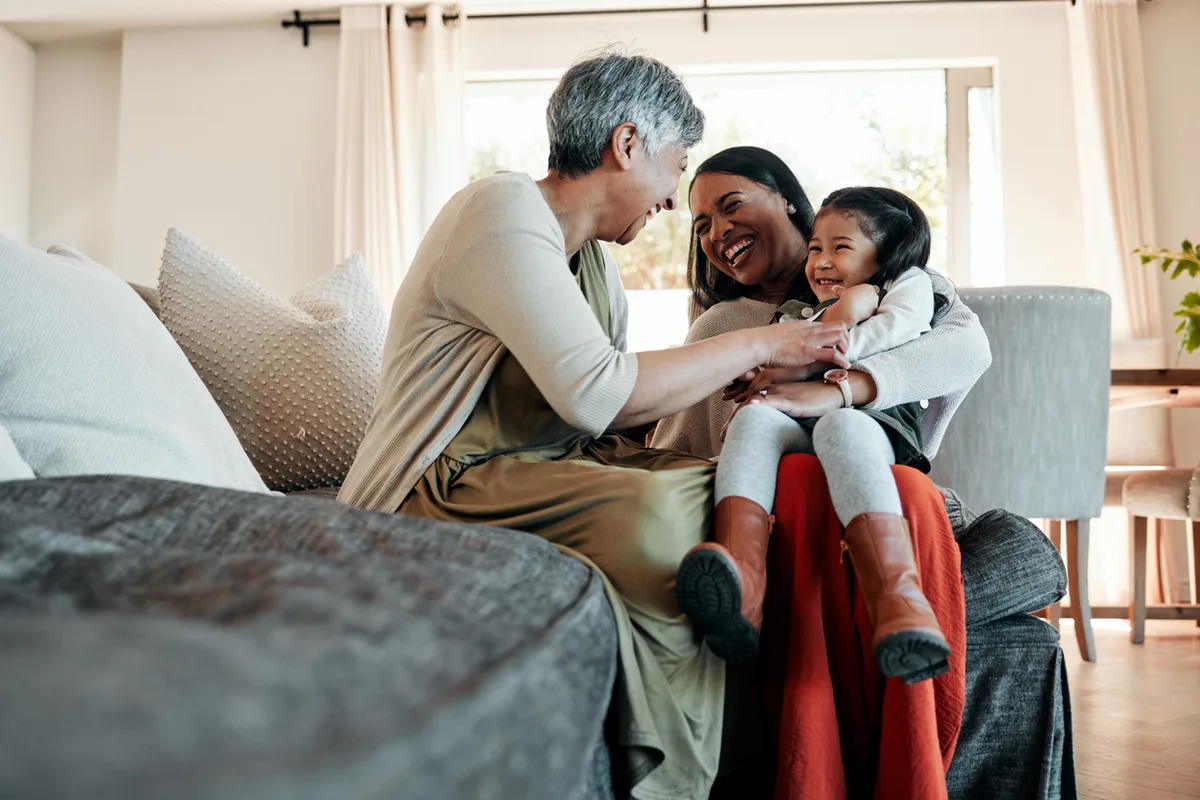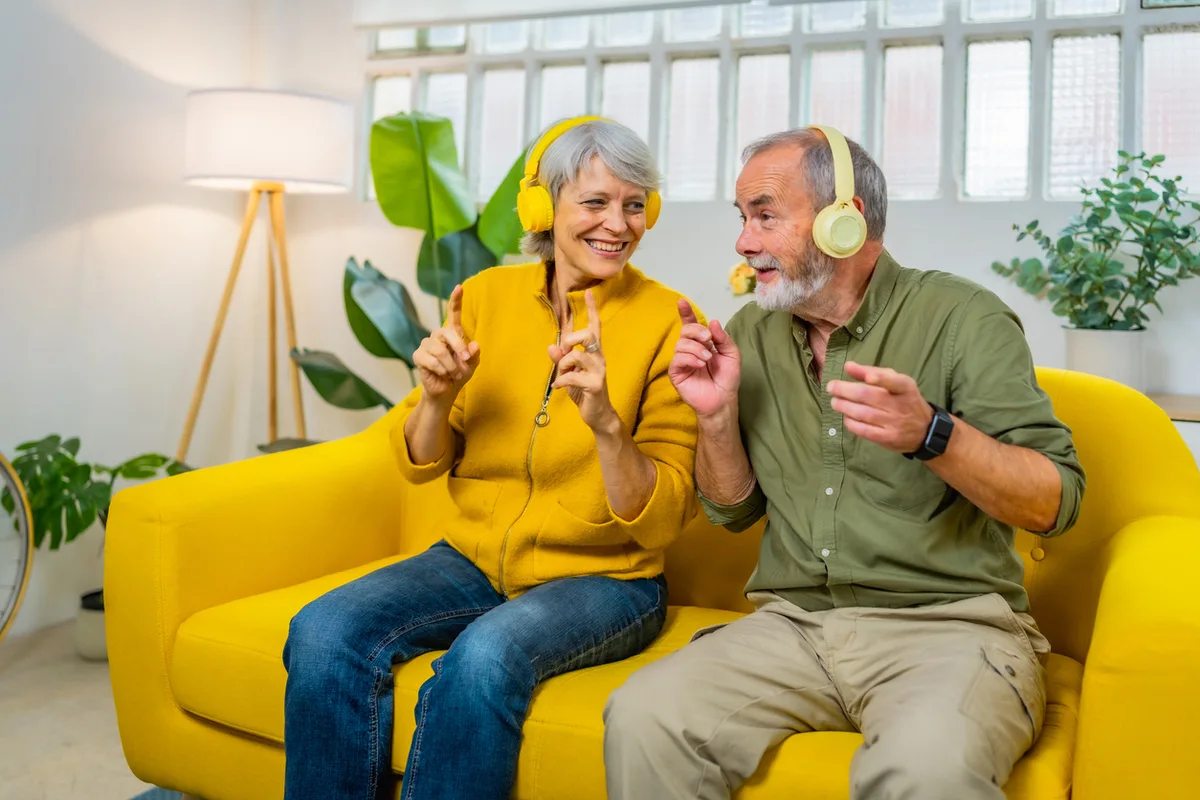
Sensory stimulation is something we use every day at Carefield Pleasanton. It doesn’t always look like a scheduled activity. Sometimes, it’s as simple as a favorite scent, a soft blanket, or familiar music playing in the background. For people living with dementia, these details can help bring calm, focus, and even moments of connection.
As dementia progresses, verbal communication may become harder. But the need to feel safe, soothed, and engaged doesn’t go away. The senses often become the clearest way to connect.
What Is Sensory Stimulation in Memory Care?
It’s the use of sounds, textures, lights, smells, and gentle movement to help someone stay emotionally steady and mentally active. For seniors with dementia, it’s a way to experience comfort without needing to understand every word or instruction.
In Pleasanton memory care, sensory input works best when it’s familiar and gentle. Something too loud, bright, or busy can feel overwhelming. But the right kind of sensory cues—soft light, calming music, a cozy texture—can reduce anxiety and help residents feel more grounded.
How We Use Sensory Tools at Carefield Pleasanton
We include sensory activities in daily life. They aren’t just special events—they’re part of how we support our residents. These tools help with everything from transitions between meals and rest time to easing the late-afternoon restlessness known as sundowning.
Here’s what sensory stimulation can look like in our community:
- Aromatherapy with calming scents like lavender or vanilla
- Tactile objects like fidget blankets, textured pillows, or smooth stones
- Familiar sounds like wind chimes, nature recordings, or favorite old songs
- Gentle lighting in rooms and hallways to reduce glare and confusion
- Hand massages with lightly scented lotion to soothe and calm
- Weighted lap blankets that promote a sense of security
- Soft visuals like fish tanks or peaceful nature videos on the screen
It’s not about using all five senses at once. It’s about knowing what makes someone feel at ease—and using that information thoughtfully.
Why It Matters
People living with Alzheimer’s or other forms of dementia still experience the world around them, but it can feel unclear. Sensory cues help simplify things. A warm touch, a gentle scent, or music from their youth can remind them that they’re safe and not alone.
We often see residents relax as soon as they hold a soft item or sit in a familiar spot. Some start tapping their fingers to music. Others become more alert when they hear a voice they recognize.
These reactions might seem small. But they’re meaningful.
Families Often Ask Us: “What Can I Do?”
If you’re visiting a loved one in memory care, sensory stimulation is one of the easiest ways to connect. You don’t need to plan a big activity. Bring their favorite lotion. Sit with them and play a song from their past. Let them hold a scarf or familiar object while you talk.
Here are a few simple things that help:
- Bring a familiar fabric or item from home
- Use a soft voice and slow pacing
- Share scents from their past—like a flower or food
- Let them move at their own pace
- Sit in silence if needed. Just being present is enough
If you’re not sure what works best, our team can help guide you. Everyone responds differently.
Sensory Stimulation Works—Even in Late-Stage Dementia
Some residents who no longer speak still respond to sensory input. A soft song. A warm hand. A gentle light. These tools don’t fix memory loss. But they make the day feel better. They give structure. They help residents feel more like themselves.
That’s what memory care should do.
How We Support Comfort and Connection
At Carefield Pleasanton, we use sensory stimulation every day to support the calm, comfort, and emotional well-being of seniors with dementia. From soothing routines to personalized touches, our approach is grounded in observation, respect, and kindness.
If you’re looking for memory care in Pleasanton that pays attention to the small things—the lighting, the music, the feel of a chair—we’d be glad to show you how we work.
It’s not about doing more. It’s about noticing what makes someone feel at peace—and making space for that, again and again.






